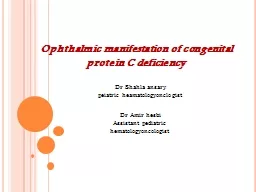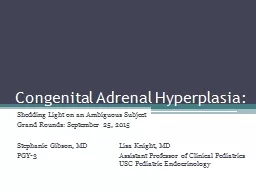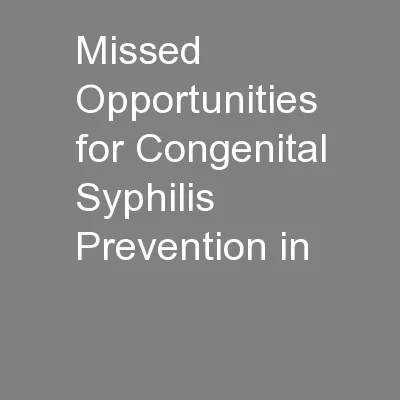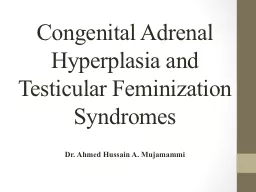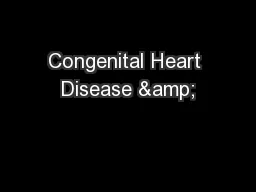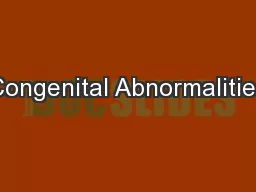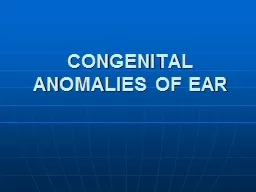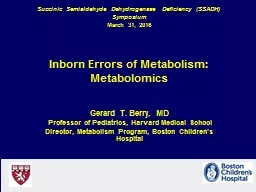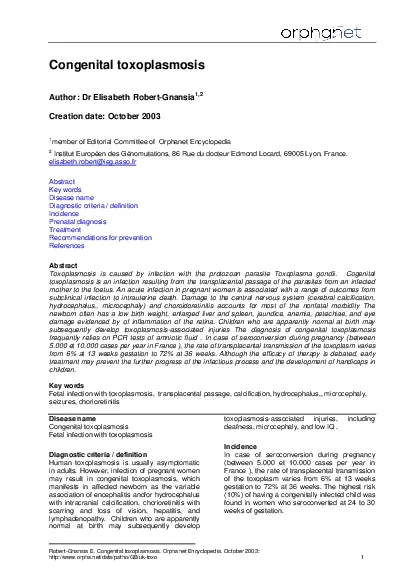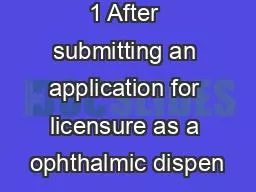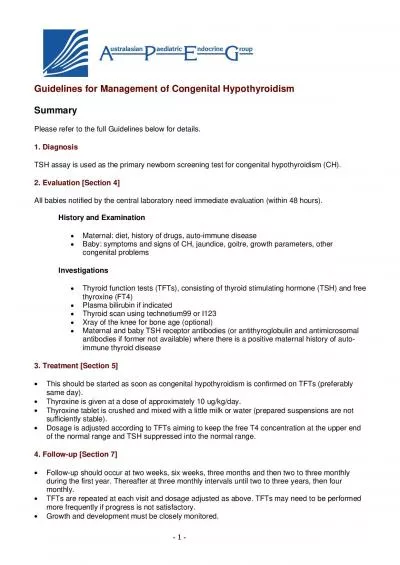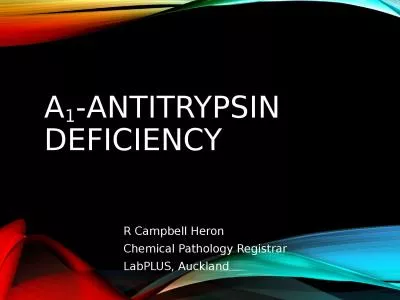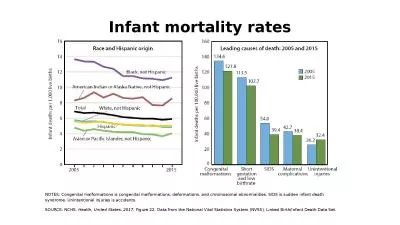PPT-Ophthalmic manifestation of congenital protein C deficiency
Author : luanne-stotts | Published Date : 2019-12-01
Ophthalmic manifestation of congenital protein C deficiency Dr Shahla ansary peiatric heamatologyonclogist Dr Amir hesabi Assistant pediatric hematologyoncologist
Presentation Embed Code
Download Presentation
Download Presentation The PPT/PDF document "Ophthalmic manifestation of congenital p..." is the property of its rightful owner. Permission is granted to download and print the materials on this website for personal, non-commercial use only, and to display it on your personal computer provided you do not modify the materials and that you retain all copyright notices contained in the materials. By downloading content from our website, you accept the terms of this agreement.
Ophthalmic manifestation of congenital protein C deficiency: Transcript
Download Rules Of Document
"Ophthalmic manifestation of congenital protein C deficiency"The content belongs to its owner. You may download and print it for personal use, without modification, and keep all copyright notices. By downloading, you agree to these terms.
Related Documents

